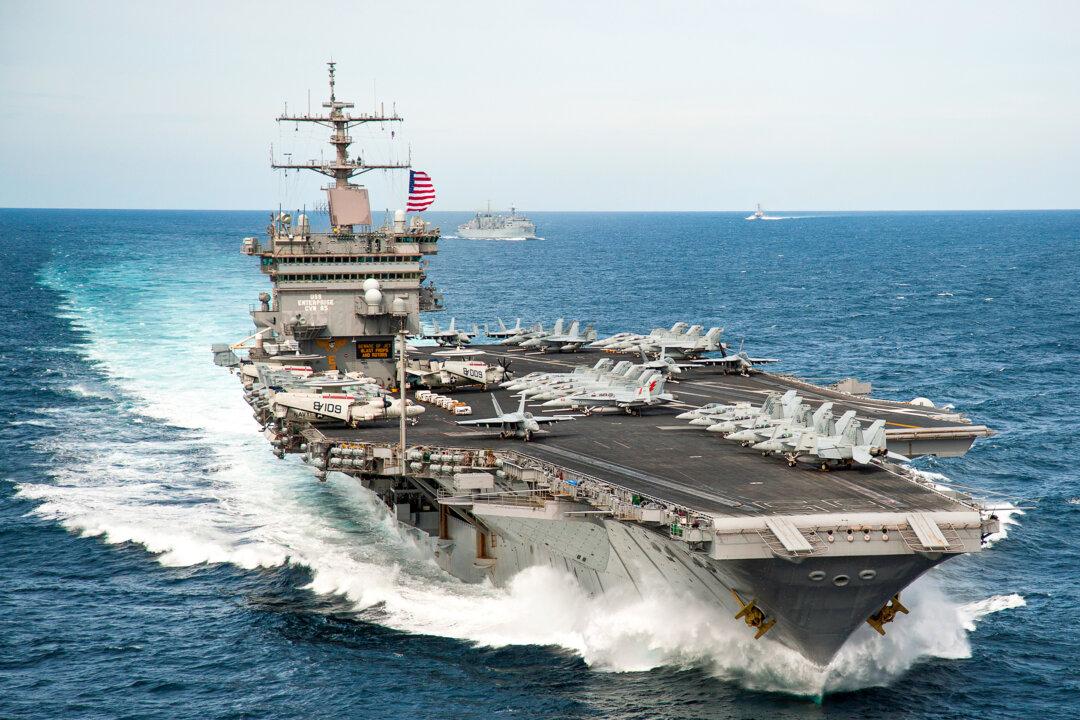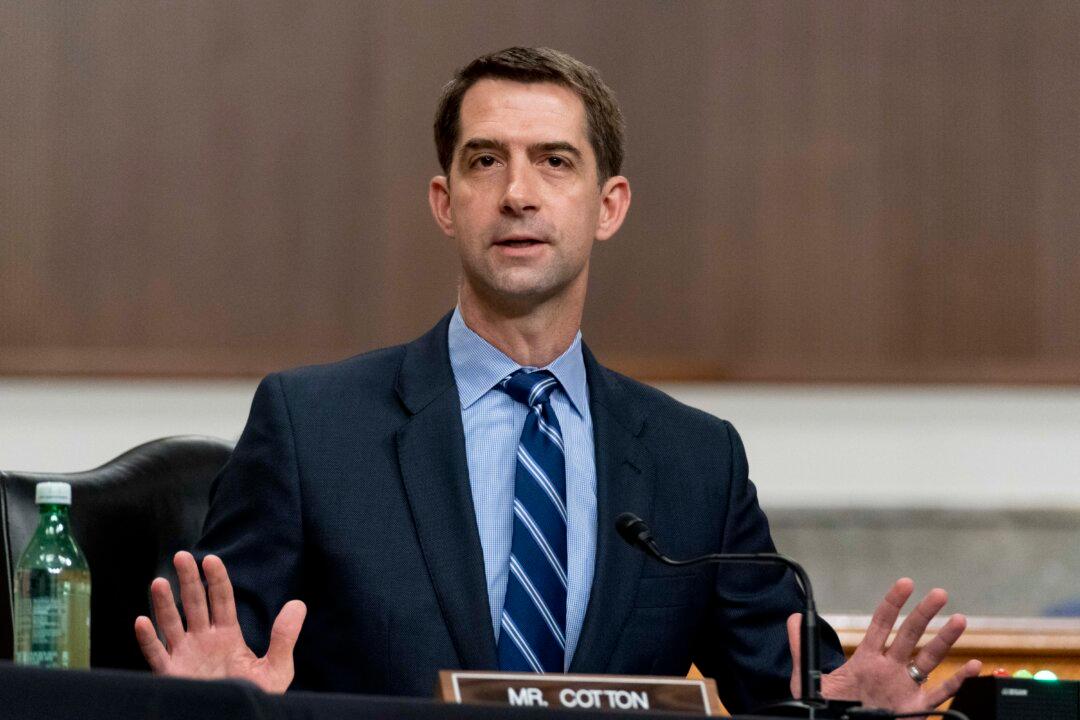A top Republican ranking senator in the Senate Armed Services Committee has proposed a comprehensive military defense plan to rebuild the U.S. military for generations and to counter adversaries.
Sen. Roger Wicker (R-Miss.) on May 29 released a major defense investment plan titled “21st Century Peace Through Strength” which will increase an additional $55 billion in the defense budget next year and grow to 5 percent of the country’s gross domestic products (GDP) over time.




